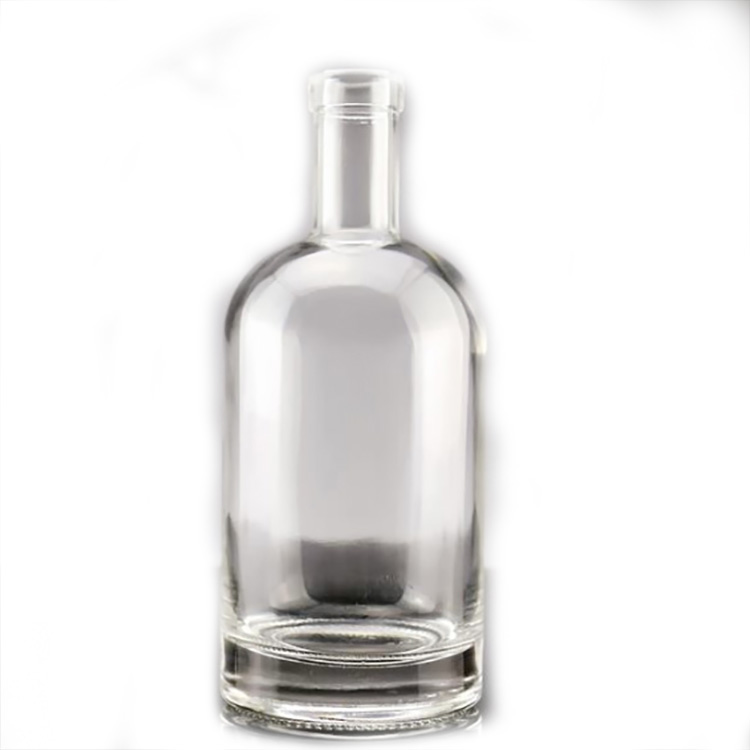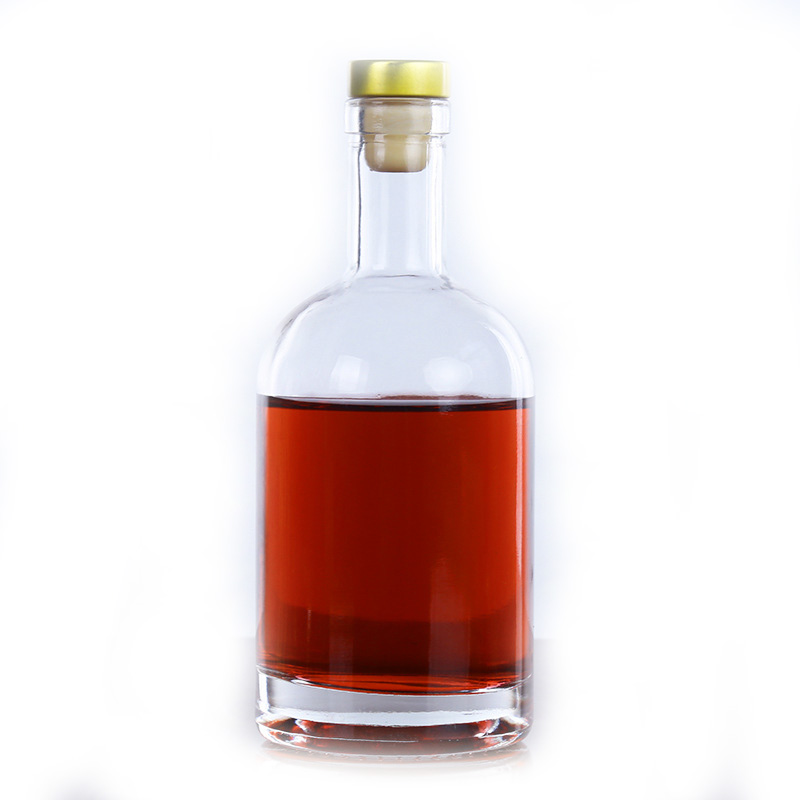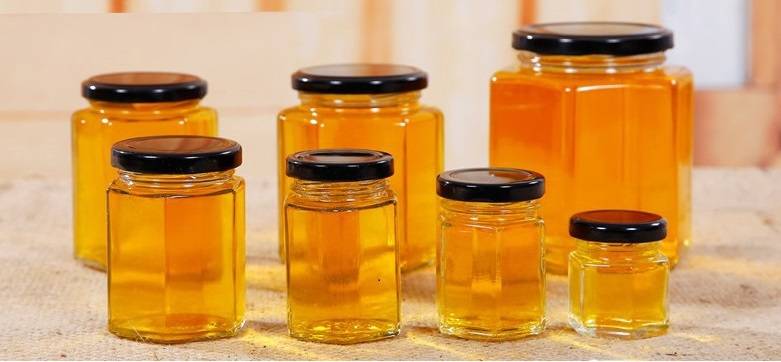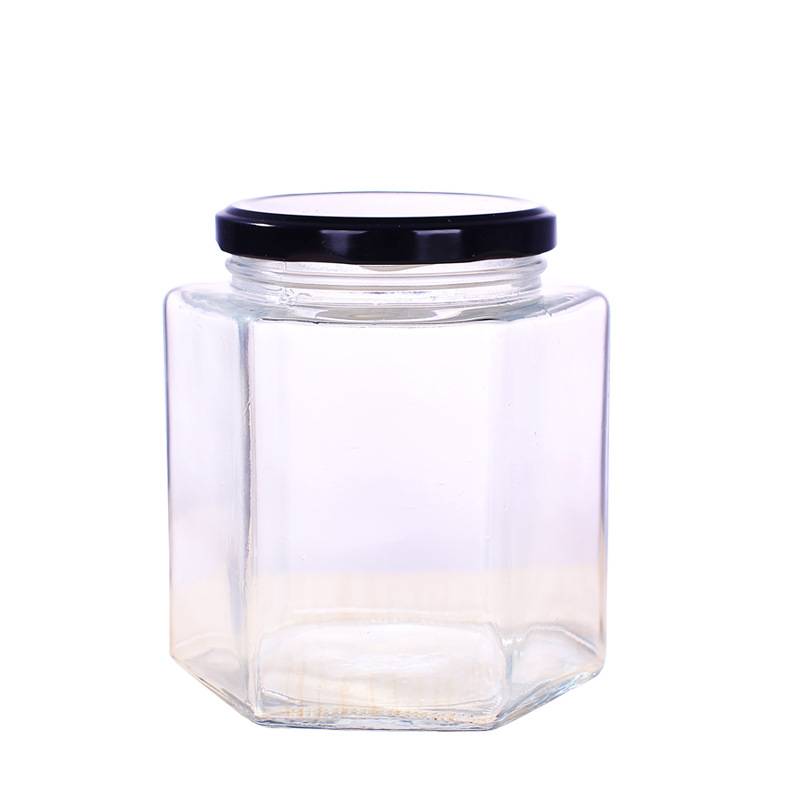-

Why are most liquor bottles made of glass?
Glass bottle is the traditional form of packaging for liquid products. They are widely used, and glass is also a very historical packaging material. But glass liquor bottles are heavier than plastic ones, and they break easily. So why are liquor bottles made of glass ins...Read more -

The development of Chinese glass
Scholars at home and abroad have different views on the origin of glass in China. One is the theory of self creation, and the other is the theory of foreign. According to the differences between the composition and manufacturing technology of glass from the Western Zhou Dynasty unearthed in China...Read more -

Development trend of glass
According to the historical development stage, glass can be divided into ancient glass, traditional glass, new glass and late glass. (1) In history, ancient glass usually refers to the era of slavery. In Chinese history, ancient glass also includes feudal society. Therefore, ancient glass general...Read more -

Glass and ceramic sealing
With the rapid development of modern science and technology, the requirements for new engineering materials are higher and higher in the high-tech fields such as electronic industry, nuclear energy industry, aerospace and modern communication. As we all know, the engineering ceramic materials (al...Read more -

Glass to glass sealing
In the production of products with complex shapes and high requirements, the one-time forming of glass can not meet the requirements. It is necessary to adopt various means to make the glass and glass filler be sealed to form products with complex shapes and meet the special requirements, such as...Read more -

Development history Of Glass World
In 1994, the United Kingdom began to use plasma for glass melting test. In 2003, the United States Department of energy and glass industry association carried out a small-scale pool density test of high-intensity plasma melting E glass and glass fiber, saving more than 40% energy. Japan’s n...Read more -

Development Trend Of Glass
According to the historical development stage, glass can be divided into ancient glass, traditional glass, new glass and future glass. (1) In the history of ancient glass, ancient times usually refer to the era of slavery. In the history of China, ancient times also include Shijian society. There...Read more -

Cleaning Methods Of Glass Products
There are many common methods for glass cleaning, which can be summarized as solvent cleaning, heating and radiation cleaning, ultrasonic cleaning, discharge cleaning, etc. among them, solvent cleaning and heating cleaning are the most common. Solvent cleaning is a common method, which uses water...Read more -

Glass Defect
Optical deformation (pot spot) Optical deformation, also known as “even spot”, is a small four resistance on the surface of glass. Its shape is smooth and round, with a diameter of 0.06 ~ 0.1mm and a depth of 0.05mm. This kind of spot defect damages the optical quality of glass and ma...Read more -

Defects Of Glass
summary From the raw material processing, batch preparation, melting, clarification, homogenization, cooling, forming and cutting process, the destruction of the process system or the error of the operation process will show various defects in the original plate of flat glass. The defects ...Read more










